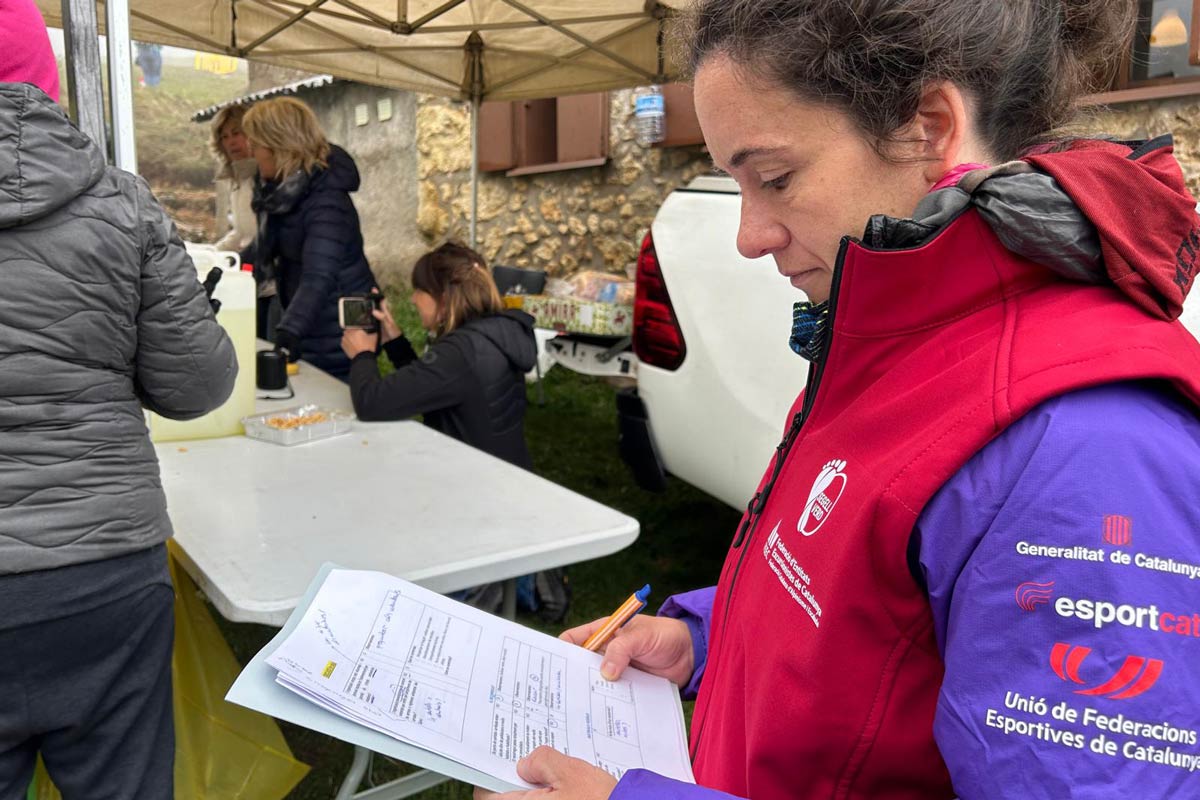Archaeologists say they are relying on climbers and hikers to alert them to any unusual objects they may come across during their alpine walks or mountain expeditions.
Over the past few years, hikers have made sensational discoveries of prehistoric artefacts in or beside melting snow and ice patches.
Archaeologists tell the UIAA that anyone coming across such an object should leave it be and alert the local archaeological service, or authorities, to its location.
“Document the location, get a GPS reading, photograph it and leave it in situ,” says Canadian archaeologist, Gregory Hare. “We have learned in the past that many people have good intentions but a site can be severely impacted if objects are collected improperly.”
Hare works for the government in Canada’s Yukon Territory, where it is against the law to remove an artefact.
In the late 1990s, a biologist found a small remnant of a 4,400-year-old dart used to hunt caribou (reindeer) near Kusawa Lake in southern Yukon. The find set off a search for more evidence of the region’s prehistory at dozens of sites with similar ice patches.
On August 21 of this year, Swiss archaeologists told an international symposium in Bern that a discovery made by a hiker on the edge of an alpine ice patch in 2003 led to finds that are believed to be the oldest of their kind in Europe (see story – swissinfo).
The woman stumbled upon a long, thin object made of birch bark while crossing the Schnidejoch at 2,756m. She packed the frail artefact into her backpack, and eventually turned it over to the archaeological service. A German hiker found a bow a few days later near the same spot, and took it home as a souvenir.
Fortunately, archaeologists were able to uncover missing fragments of what turned out to be a birch bark carrying case for a bow and arrows, as well as hundreds of other objects, the oldest dating back to 4,500 BC which are providing important clues to life in the Alps in the Neolithic Age.
“If the woman hadn’t taken the object with her we would never have heard of the site,” says Swiss archaeologist, Albert Hafner. “If it’s a metal axe, it’s no problem to pick it up and mark the place so we can find it again. But if the object is very delicate – for example, made of leather – it will suffer from transportation,” he adds. “The best thing to do is to leave it, and if possible cover it over with snow and ice [for preservation].”
According to Hare, only a few archaeological services have begun investigating ice patches like the one in the Yukon or on Switzerland’s Schnidejoch, and they are all in the Alps, Scandinavia and North America.
Ice patches are ideal for preserving objects since they increase or decrease in thickness but do not flow like glaciers, which grind up and destroy artefacts as they move.


